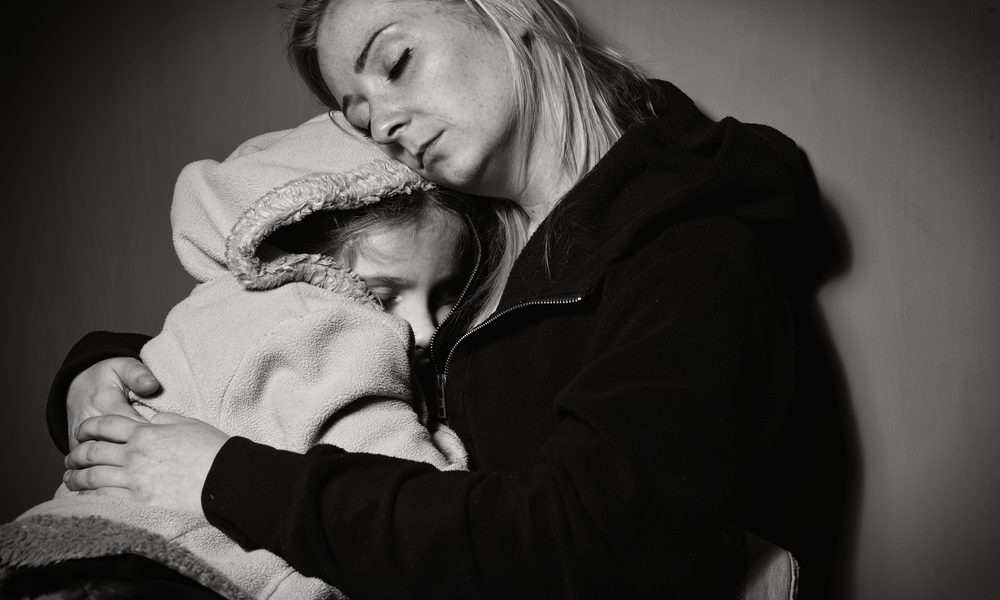“In earlier work, I’ve estimated that for every dollar we spend on reducing childhood poverty, we save anywhere between $7 and $12 in future expenditures,” said Mark Rank, the Herbert S. Hadley Professor of Social Welfare at the Brown School at Washington University in St. Louis.
“This is because child poverty is associated with higher health care costs, lower economic productivity and higher criminal justice costs,” he said. “In 2015, childhood poverty cost the United States slightly over $1 trillion, which represented 28 percent of the entire federal budget. By reducing child poverty in the present, we save an enormous amount of tax dollars in the future. Reducing poverty among children is not only the right thing to do, it’s also the smart thing to do,” Rank said.
The Romney proposal would provide $4,200 per year for every child up to the age of 6, as well as $3,000 per year for every child age 6 to 17. This is a variation of the universal basic income idea that has become popular in recent years among the progressive wing of the Democratic Party, Rank said.
“It represents a very straightforward way of reducing poverty,” said Rank, whose latest book, “Poorly Understood: What America Gets Wrong About Poverty,” will be released March 1.
“If poverty is the lack of money, then providing direct cash assistance is one of the most effective ways in which to reduce poverty,” he said. “The idea of a child allowance is one that most European countries have had in place for many decades as way of financially helping families with children. The result is that their rates of poverty are significantly lower than in the United States.
“In fact, the U.S. has the highest rates of child poverty across the group of OECD countries,” Rank noted. “One key reason for this is because we do so little to economically support families with children. This proposal would be a good start in reducing such poverty.”



